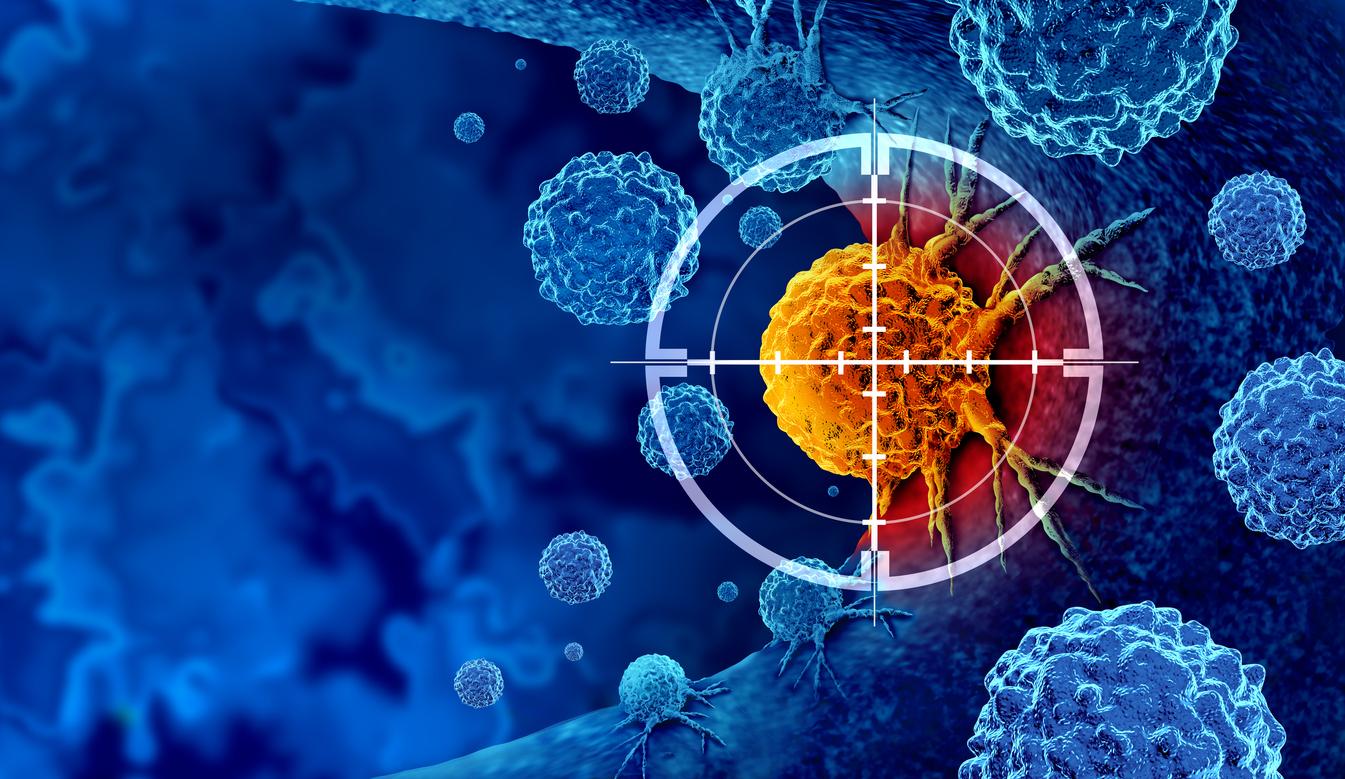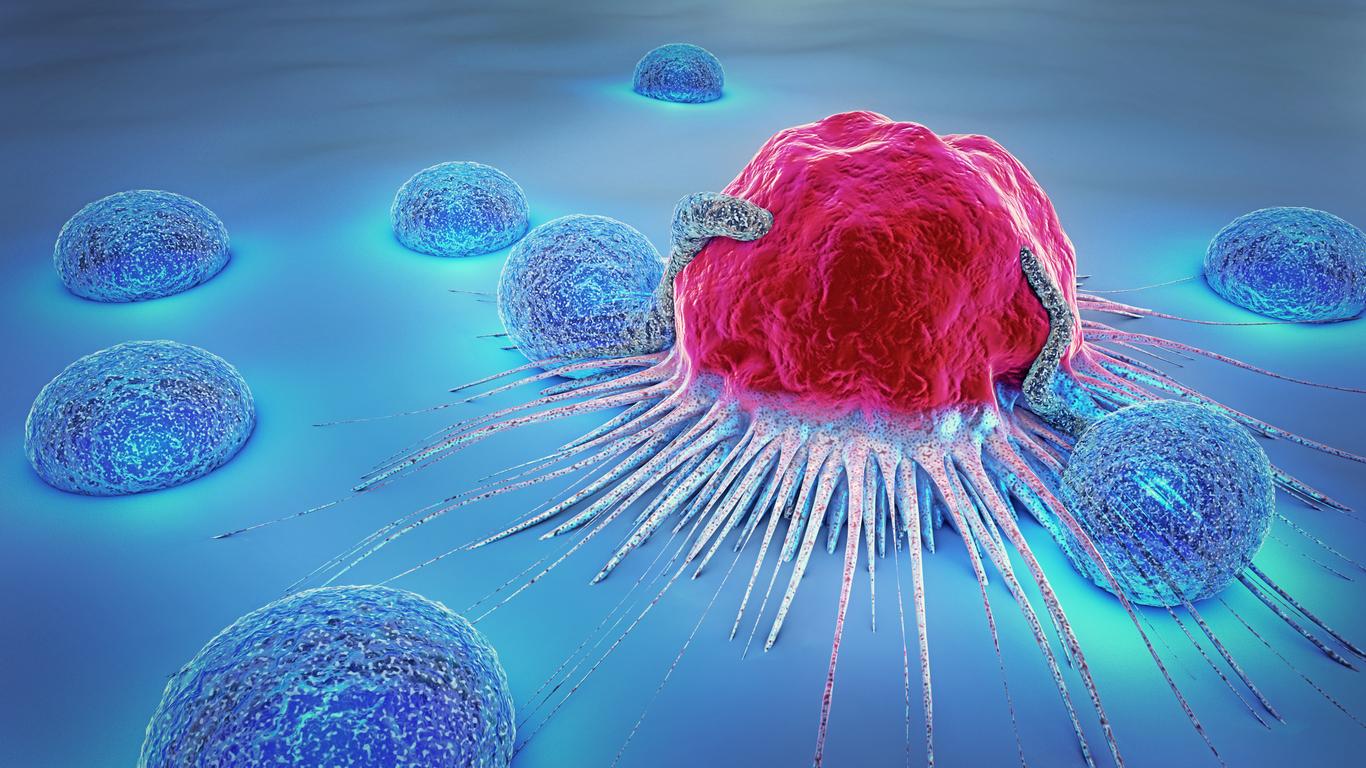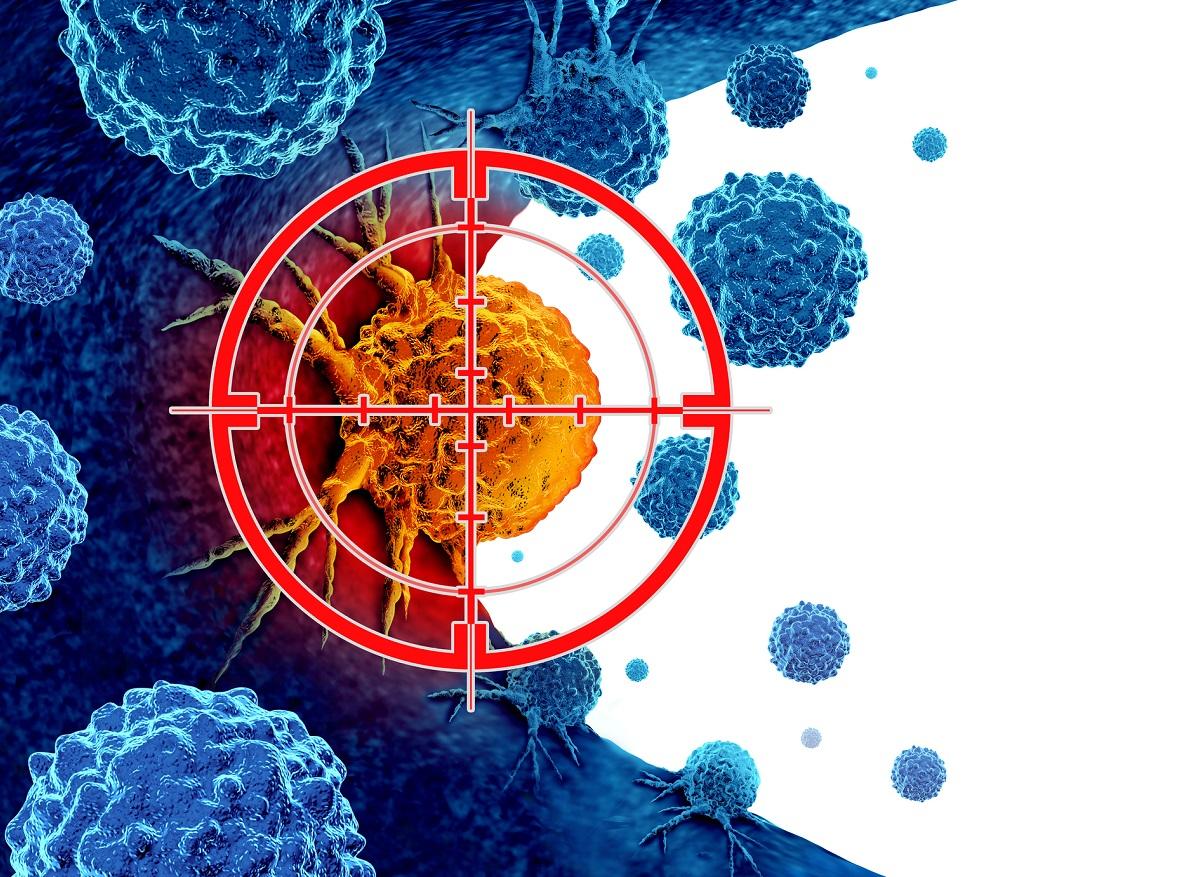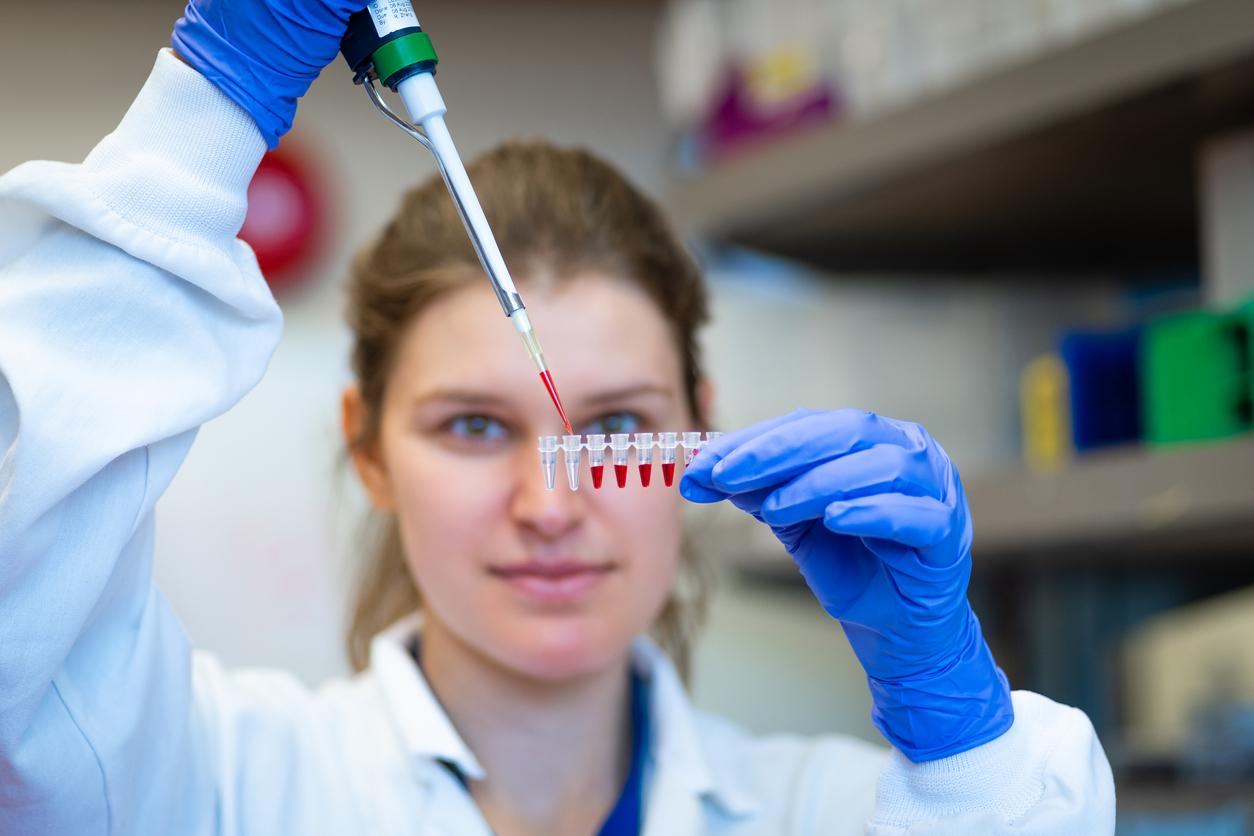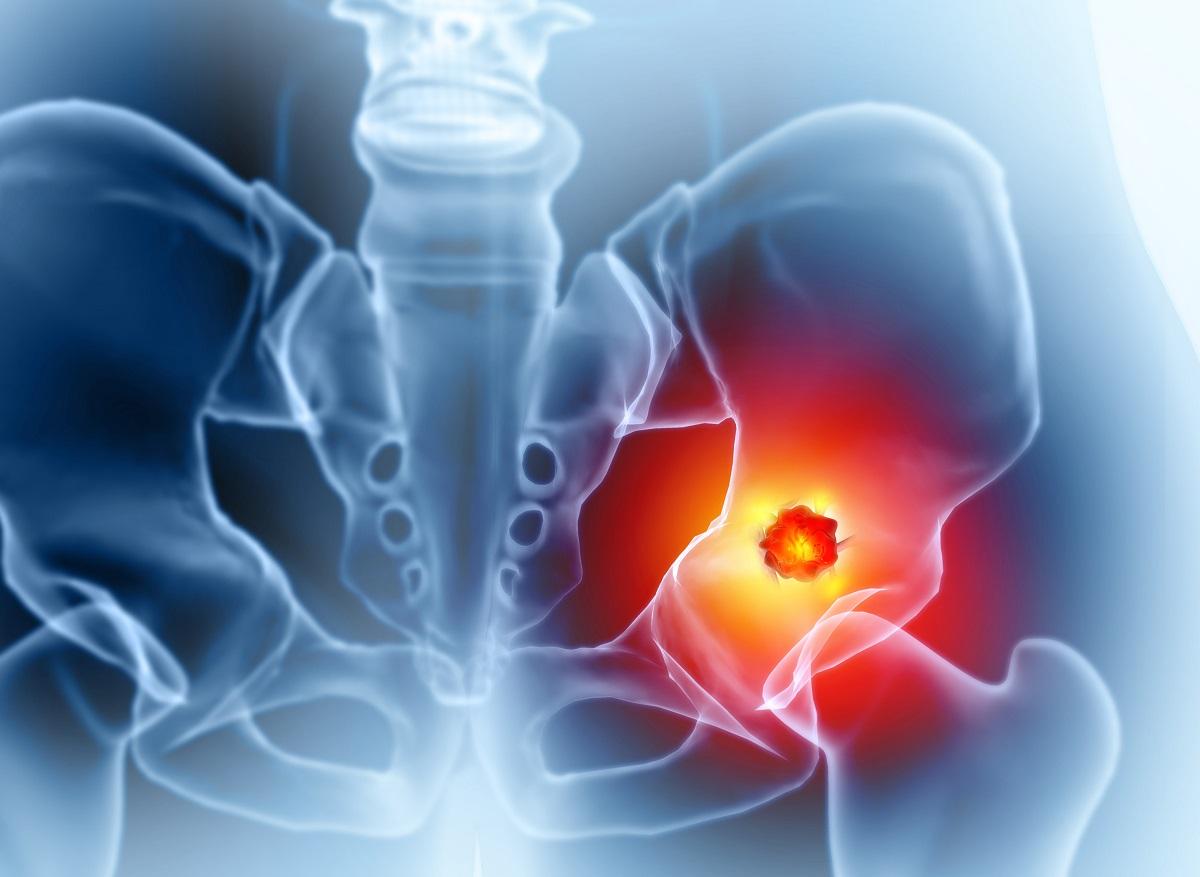Researchers have developed a new immunotherapy that uses immune cells to treat osteosarcoma, a bone cancer, and the results of preclinical trials in mice are encouraging.

- Researchers have developed a new immunotherapy using gamma-delta T (gdT) cells to treat osteosarcoma.
- Before being reinjected into the sick patient, the gdT cells must release antibodies that target the tumor as well as immune-stimulating chemicals called cytokines.
- Thus, they become OPS-gdT cells, which are then injected into the sick patient and, according to the results of preclinical trials, prevent the growth of tumors, especially when given with a bone-strengthening drug.
Each year in France, 100 to 150 patients are affected by osteosarcoma, according to the center Gustave Roussy. This is a bone cancer that usually occurs in the knee, at the upper end of the tibia or lower end of the femur. To treat this disease, surgery and chemotherapy are usually offered to patients.
A new immunotherapy to treat this bone cancer
Researchers of theUniversity College London have developed a new immunotherapy to treat osteosarcoma. It uses immune cells called gamma-delta T (gdT) cells. In a new study, published in the journal Science Translational Medicinethey present the results – encouraging – of their preclinical tests carried out on mice.
gdT cells are made from immune cells from healthy donors and have the advantage of being able to be safely administered from one person to another, without risk. To obtain these gdT cells, the researchers took blood from participants who were not sick.
But before being reinjected into the sick patient, the gdT cells must release antibodies that target the tumor as well as immunostimulatory chemicals called cytokines. Once this dual production is done, they are called OPS-gdT cells. These are the cells that are then injected into the patient suffering from bone cancer.
In preclinical trials in mice, scientists found that OPS-gdT cells were more effective than conventional immunotherapy in controlling the growth of osteosarcoma.
“Current immunotherapies (…) cost[nt] dear and take[nent] time, during which the patient’s illness may worsen, explains Dr. Jonathan Fisher, one of the authors, in a communicated. An alternative is to use a “ready-made” treatment based on healthy immune cells from a donor, but this requires avoiding graft-versus-host disease, in which the donor’s immune cells attack the patient’s body.“The scientists have therefore found the solution since the gdT cells have the advantage of being able to be taken from any patient and, once transformed into OPS-gdT cells, of being able to be reinjected into the patient, without risk.
OPS-gdT cells, a new hope for treating osteosarcoma
In their preclinical trials, the researchers also found that OPS-gdT cells were more effective when combined with another drug to strengthen fragile bones in cancer patients. Combined, the administration of OPS-gdT cells and this treatment prevented tumor growth in mice that received it for up to three months after treatment.
Scientists plan to continue their research and clinical trials to one day be able to offer this treatment to patients affected by osteosarcoma, who in 70% of cases are young people aged 10 to 25, according to the Gustave Roussy centre.









